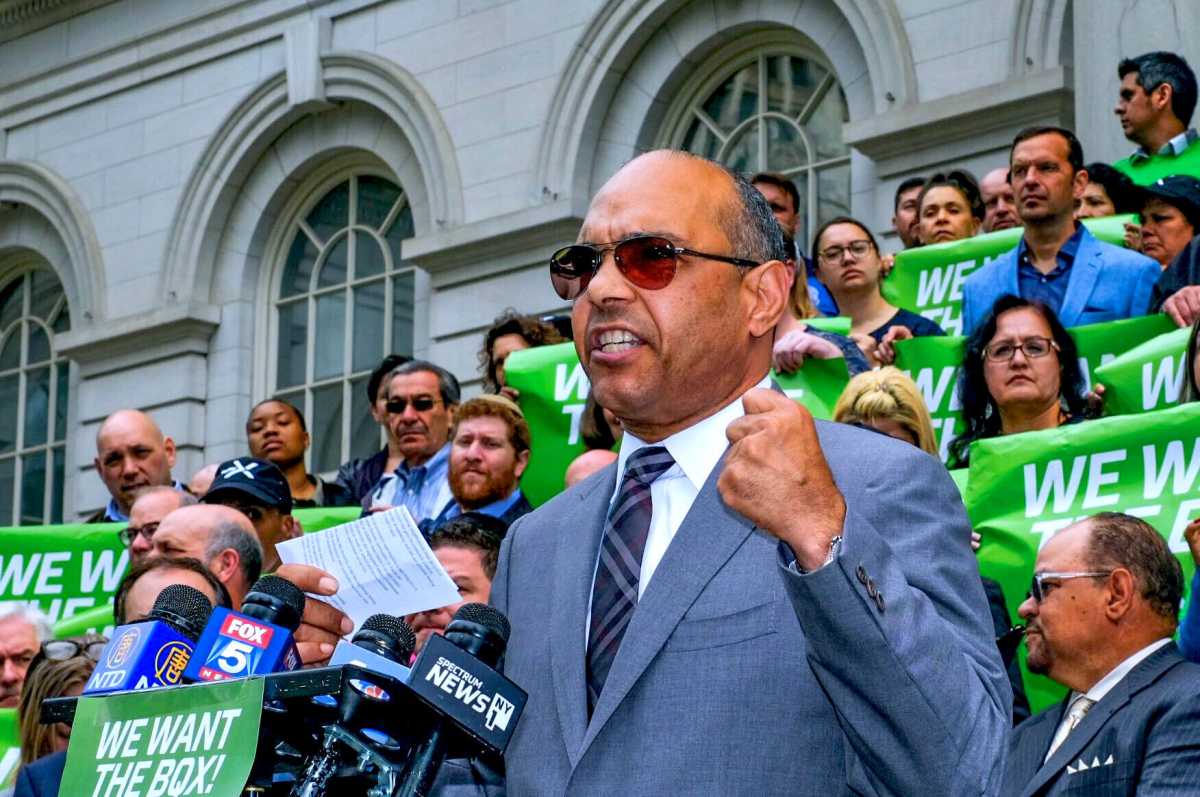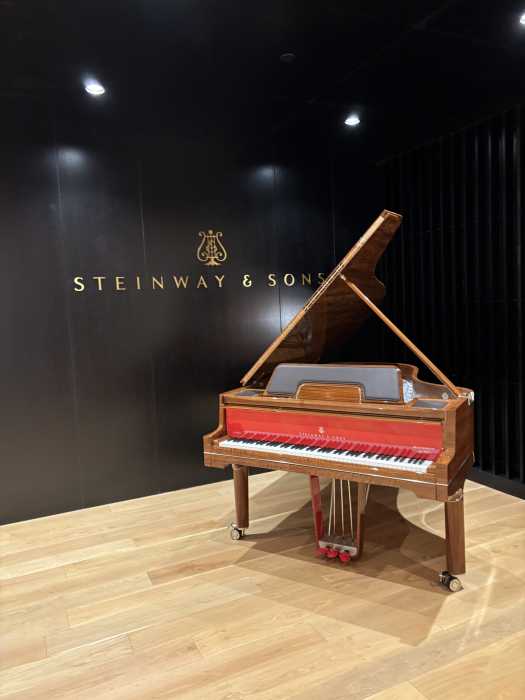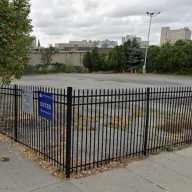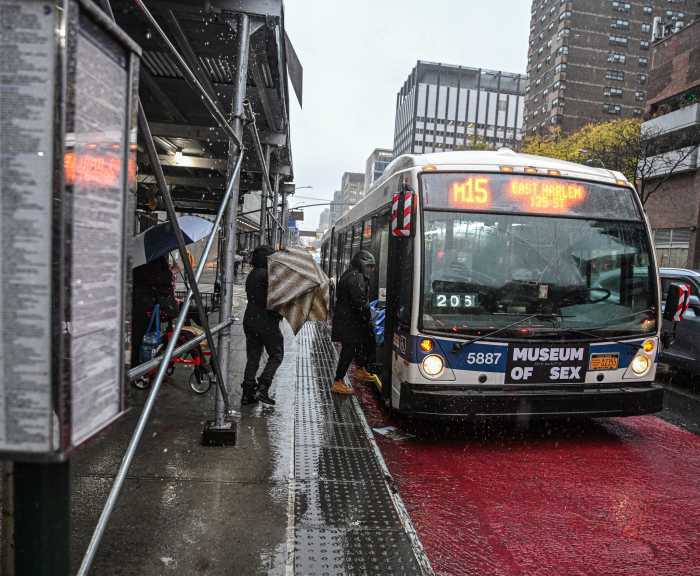Supporters of the Brooklyn-Queens Connector made their demands for a north-south route between the outer-boroughs clear on May 30 with a rally at City Hall accompanied by hearing in the council chamber.
The City Council task force on the streetcar plan, dubbed the BQX, questioned city Economic Development Corporation and Department of Transportation officials on the proposal as it stands and the potential impacts or benefits to communities.
Since its inception in 2016, the planned route of the BQX has been cut short near the terminus. The most recent cost projection is $2.7 billion, which will include the elimination of 2,000 parking spots.
Councilman Costa Constantinides was concerned with not only gentrification in his home base of Astoria, but also road congestion that may ensue on 21st Street from the light rail and how businesses will receive deliveries.
“This corridor is one of the most gentrified parts of my district,” Constantinides said. “Homes are being torn down, there is a real affordability crisis in this part of our community and I see that the value capture is going to go all the way to the train line on 31st Street which is only going to make the challenges in Astoria even greater. What are we doing to safeguard affordability… What are we doing to protect those residents?”
Wil Fisher of the DOT told Constantinides that there may be options businesses to receive deliveries on side streets, as opposed to the main thoroughfare, while many residents either own homes or live in rent controlled units.
“Twenty-five percent of residents are in owner-occupied houses and another 56 percent are in some form of rent controlled residence where they have some protections against un-affordability rising,” Fisher said.
The EDC said although it may seem like a long process at the moment, the BQX is on par with other streetcar projects that have in launched in other cities across the United States.
The rally prior to the hearing on the steps of City Hall was organized by Friends of the BQX, led in part by Jukay Hsu, and featured speakers such as Queens Chamber of Commerce President Tom Grech, president of the Astoria Houses Tenants Association Claudia Coger, Bishop Mitchell Taylor and Queens Borough President Melinda Katz.
“With this particular light rail, this option of transportation, it will create mobility which will create economic mobility. Which will create a stable environment in many of the communities that have been lock out because of a lack of transportation,” Taylor said. “We want this to be expedited and put into play as soon as possible.”
Taylor is the founder and CEO of Urban Upbound, an organization that focuses its services on lifting people out of poverty, who grew up in Queensbridge Houses.
Coger said the nearest subway to Astoria Houses is 30 blocks away with the most direct route from Queens to Brooklyn is to travel through Manhattan.



































